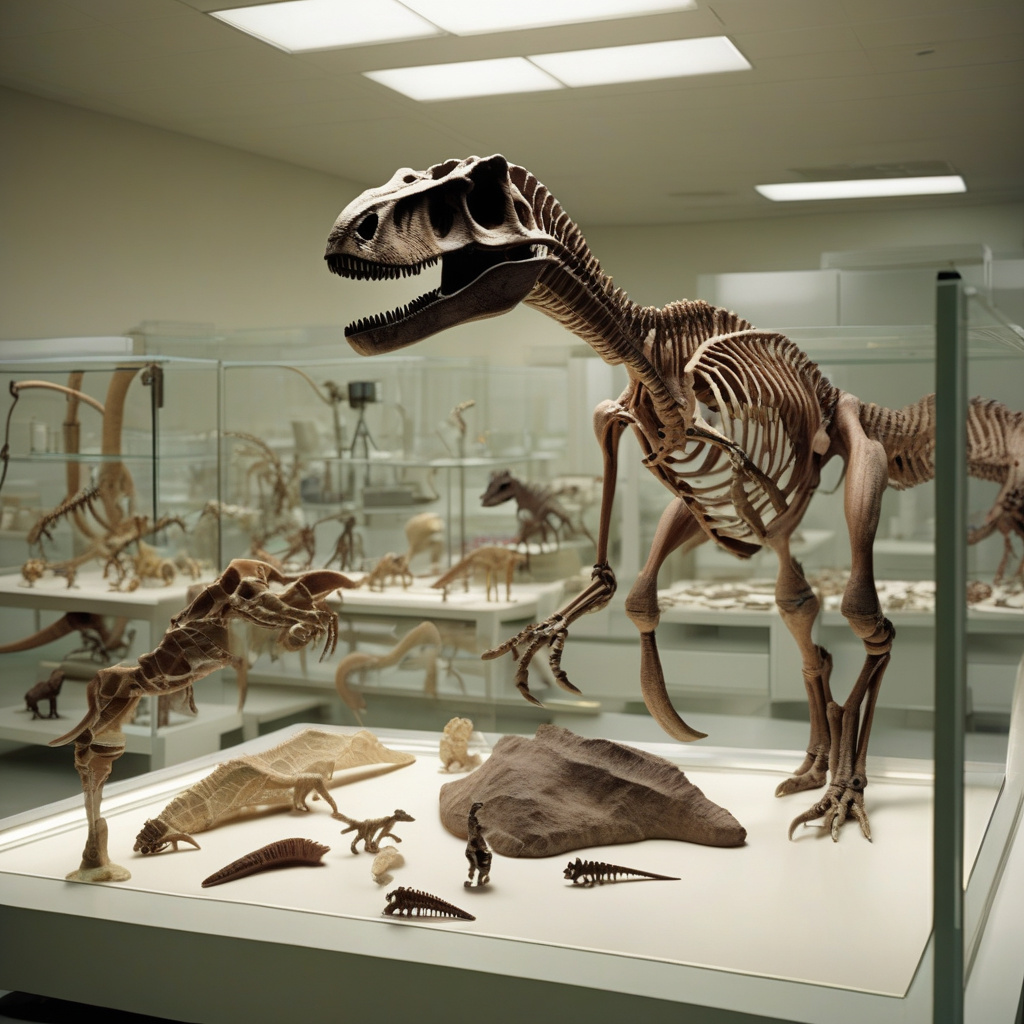Can Dinosaur Fossils Unlock the Future of Cancer Treatment? Scientists Say Yes
A dinosaur’s jaw might just open a new chapter in cancer research. In a study published in the journal “Nature Communications,” researchers have discovered a fascinating connection between the microstructure of dinosaur fossils and the development of more effective cancer treatments.
The study focused on the analysis of a dinosaur’s jawbone, specifically the structure of the dentine within it. Scientists found that the dentine of the dinosaur fossil contained unique patterns of small, interconnected tubules. These tubules, which once carried nutrients through the dinosaur’s tooth, bear a striking resemblance to the channels that facilitate the spread of cancer cells in human bodies.
This unexpected discovery has sparked a wave of excitement in the scientific community, as researchers believe that studying these ancient structures could hold the key to revolutionizing cancer treatment. By understanding how cancer cells utilize these channels to metastasize, scientists hope to develop targeted therapies that can disrupt this process and prevent the spread of cancer within the body.
Dr. Sarah Williams, the lead author of the study, emphasized the potential impact of this research on the future of cancer treatment. She stated, “The parallels between the microstructure of dinosaur dentine and the behavior of cancer cells are truly remarkable. By leveraging this unique connection, we may be able to unlock new strategies for combating cancer and improving patient outcomes.”
In addition to its implications for cancer research, this study highlights the importance of interdisciplinary collaboration in scientific discovery. Paleontologists, biologists, and oncologists worked together to analyze the dinosaur fossil, showcasing the value of bringing together experts from diverse fields to tackle complex challenges.
The intersection of paleontology and oncology may seem unconventional, but it underscores the idea that inspiration can be found in unexpected places. Just as the study of dinosaur fossils has shed light on the mysteries of the past, it now has the potential to illuminate the future of cancer treatment.
As researchers continue to explore the implications of this groundbreaking study, the possibilities for leveraging insights from the ancient world to address modern medical challenges appear limitless. The next frontier of cancer treatment may very well be shaped by the long-extinct creatures that once roamed the Earth, offering hope for a new era in oncology.
In conclusion, the discovery of similarities between dinosaur fossils and cancer cells opens up a world of possibilities for advancing cancer treatment. By harnessing the insights gained from studying these ancient structures, scientists are paving the way for innovative therapies that could transform the way we approach and combat cancer.
#DinosaurFossils, #CancerTreatment, #ScientificDiscovery, #OncologyResearch, #MedicalBreakthrough












